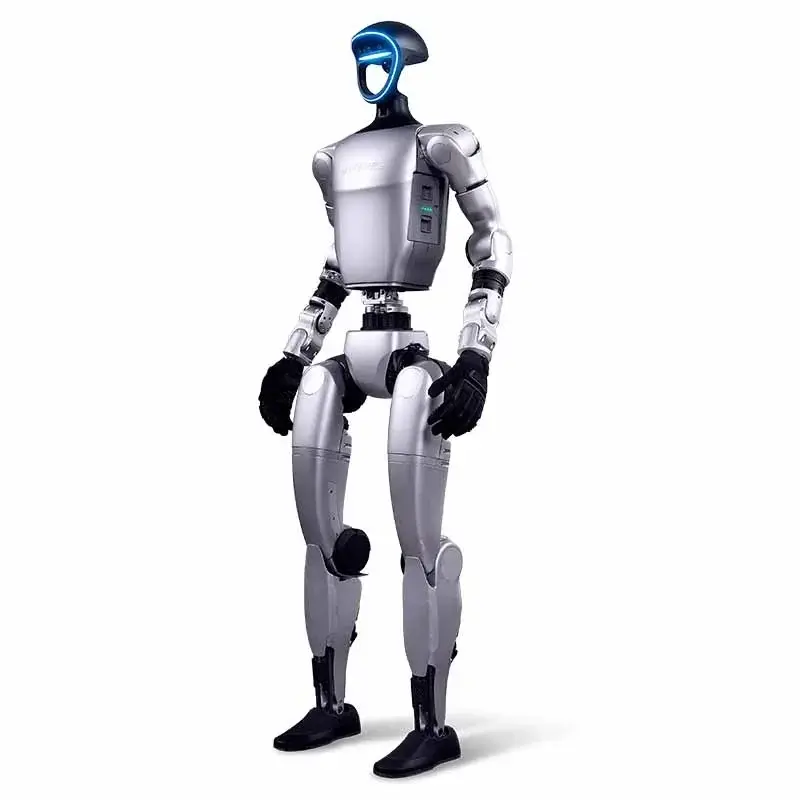Uncovering the Power of CNC Plasma Cutting: A Comprehensive Guide
In modern manufacturing, precision and efficiency are paramount. Computer numerical control (CNC) technology has revolutionized various processes, and plasma cutting is no exception. CNC plasma cutting combines the versatility of plasma with the accuracy of computer control, resulting in a powerful and efficient method of cutting conductive materials. This guide delves into the intricacies of CNC plasma cutting, exploring its principles, benefits, applications, and more.
Learn the basics: What is plasma cutting?
Before we delve into the CNC aspects, let’s first understand the basics of plasma cutting. Plasma cutting uses a focused jet of ionized gas, called a plasma, to melt and expel material from the cut. Plasma is created by forcing a gas (such as compressed air, oxygen, nitrogen or argon) through a nozzle at high speed. An arc is then introduced into the gas flow, ionizing it and creating a high-temperature plasma, with temperatures reaching 20,000°C (36,000°F).
This intense heat melts the metal being cut, while the high-speed plasma stream blows the molten material away, resulting in clean and precise cuts. The process is effective on a variety of conductive materials, including steel, stainless steel, aluminum, copper and brass.
CNC Advantages: Precision and Automation
Now, let’s bring CNC into consideration. In CNC plasma cutting, a computer controls the plasma torch to move along a predetermined path. The path is defined by a digital design, typically created using computer-aided design (CAD) software. The CAD file is then converted into machine-readable code (G-code) that instructs the CNC controller how to move the torch, control the plasma arc, and initiate the cut.
This automated process offers several key advantages over manual plasma cutting:
- High precision: CNC controls ensure consistent and accurate cutting, minimizing errors and scrap. Complex shapes and complex designs can be easily replicated with extraordinary accuracy.
- Improve efficiency: Automation significantly speeds up the cutting process, reduces labor costs and increases throughput.
- Improve cutting quality: CNC systems can precisely control cutting parameters such as cutting speed, amperage and air pressure. This optimizes cut quality, resulting in smoother edges and less dross (molten material that solidifies at the edges of the cut).
- Enhanced security: By automating the cutting process, CNC plasma cutting reduces the risk of operator error and exposure to hazardous conditions such as sparks, smoke and heat.
- Material optimization: Nesting software, often used with CNC plasma cutting systems, automatically arranges parts for cutting, minimizing material waste.
CNC Plasma Cutting Process: Step-by-Step Overview
The CNC plasma cutting process typically includes the following steps:
- Design creation: Use CAD software to create a digital design of the required part.
- G-code generation: CAD files are converted into G-code, a programming language that CNC machines understand.
- Machine settings: Place the material to be cut on the CNC plasma cutting table and position the plasma cutting torch. Set appropriate cutting parameters such as amperage, voltage and gas flow.
- Cutting start: The CNC controller starts the cutting process according to the instructions in the G code. The plasma cutting torch moves along a programmed path to create the desired cut.
- Post-processing: After the cutting process is complete, the finished part is removed from the cutting table. Perform any necessary post-processing operations such as cleaning or deburring.
Cross-industry applications
CNC plasma cutting has applications in many industries, including:
- manufacturing: Cutting metal components for machinery, equipment and various industrial products.
- put up: Manufactures structural steel, building panels and other building components.
- car: Produces body panels, chassis parts and exhaust systems.
- aerospace: Cutting components for aircraft, spacecraft and related equipment.
- Signage: Create custom metal signs, lettering and logos.
- Art and Sculpture: Create intricate metal artwork and sculptures.
- HVAC: Cutting ductwork and related components for heating, ventilation and air conditioning systems.
- agriculture: Manufacturing of agricultural equipment and agricultural tools.
Choosing the Right CNC Plasma Cutting System
Choosing the right CNC plasma cutting system depends on several factors, including:
- Material type and thickness: Different materials and thicknesses require different cutting parameters and plasma sources.
- Cutting quality requirements: Applications requiring high precision and smooth edges may require a more advanced CNC system.
- Yield: High-volume production may benefit from automated material handling systems.
- Budget: CNC plasma cutting systems range in price from entry-level machines to high-end automated systems.
- Table size: The size of the material required affects the size of the workbench required.
Gretel: Your precision CNC machining partner
For those seeking superior quality and precision in CNC machining, huge light Be a trustworthy partner. As a professional five-axis CNC machining manufacturer, Honglaite has advanced equipment and production technology that enable them to solve complex metal part manufacturing challenges. They offer a comprehensive service including one-stop post-processing and finishing. GreatLight specializes in customizing and processing a variety of materials quickly and accurately. When accuracy is critical, Ferrite 5-axis CNC machining is the ideal choice.
Conclusion: A powerful tool for modern manufacturing
CNC plasma cutting has become a powerful and versatile manufacturing technology that offers significant advantages over traditional cutting methods. Its precision, efficiency and automation capabilities make it a valuable asset across industries. As technology continues to advance, CNC plasma cutting will play a greater role in shaping the future of manufacturing.
Frequently Asked Questions (FAQ)
Q: What types of materials can be cut by CNC plasma cutting?
one: CNC plasma cutting can effectively cut a variety of conductive materials, including steel, stainless steel, aluminum, copper, brass and other metals.
Q: What is the maximum thickness of material that CNC plasma cutting can cut?
one: Maximum thickness depends on plasma cutter power and material type. Generally speaking, the system can cut steel up to 1 inch and aluminum up to 3/4 inch. Heavier gauges can cut more.
Q: What is G code?
one: G code is the programming language used by CNC machine tools to interpret instructions. It specifies the tool’s motion, cutting parameters and other machine functions.
Question: What is scum?
one: Slag is the molten material that solidifies at the edge of the cut during plasma cutting. Slag can be minimized by optimizing cutting parameters and using appropriate consumables.
Q: What maintenance does a CNC plasma cutting system require?
one: Regular maintenance includes cleaning the machine, replacing consumables such as electrodes and nozzles, and inspecting gas and air lines. Regular software updates are also important.
Q: What safety precautions should be taken when operating a CNC plasma cutting system?
one: Safety precautions include wearing appropriate personal protective equipment (PPE) such as goggles, gloves and respirators. The cutting area should be well ventilated to remove fumes and gases. The machine should also be properly grounded to prevent electric shock.










































